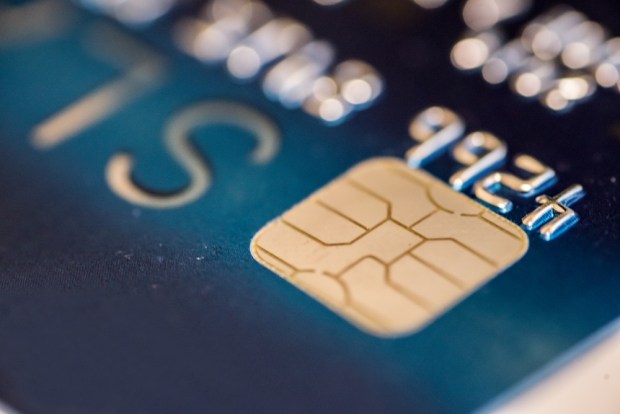Fed Says Payment Fraud Losses Top Of Mind For FIs

Payment fraud losses are top of mind for financial institutions around the country, the Federal Reserve Bank of Minneapolis reported.
Based on a survey of close to 300 financial institutions (FIs), The Federal Reserve Bank of Minneapolis found that payment fraud loss was an issue for most of its survey respondents. What’s more, the survey discovered that engaging in due diligence, such as analyzing at transaction activity and online statements to report any suspicious activity, was effective in stopping fraud across all payment types, including via cards, checks and Automated Clearing House and wire transfers.
According to the survey, 75 percent of financial institutions said payment fraud losses were a problem, with 96 percent of debit card issuers and 77 percent of credit card issuers reporting payment fraud in 2016. Additionally, the survey uncovered the fact that more than 80 percent of financial institutions said they were issuing chip cards for authentication, showing how the industry is increasingly embracing chip card adoption.
The Minneapolis Fed explained that chip card technology helps prevent counterfeit fraud for in-person point-of-sale transactions. “This report provides great insights into what FIs are doing and finds effective [solutions] to mitigate payments fraud. FIs could use the information to benchmark their own fraud mitigation methods against those identified as effective in the survey,” said Guy Berg, vice president of the Payments, Standards and Outreach Group at the Minneapolis Fed, in the release.
Chip cards are growing in popularity and are playing an important role in combating fraud. Visa, the payments company, revealed in an infographic that counterfeit fraud is down in the U.S. at merchants that are using chip-enabled cards. According to the Visa press release, counterfeit fraud at U.S. chip-enabled merchants was down 66 percent in June of 2017 compared to June of 2015.
U.S. financial institutions have issued 462 million chip cards to consumers, and 2.5 million, or 55 percent, of U.S. storefronts now accept cards with the EMV chip. According to Visa, as of Sept. 2017, there were $59.4 billion in chip transactions, up from $4.8 billion in Sept. of 2015. The start of 2017 marked the first full year since the U.S. started moving to EMV chip cards. At that time, Visa said counterfeit fraud had dropped by 52 percent and was down 14 percent across all merchants during that first year.
